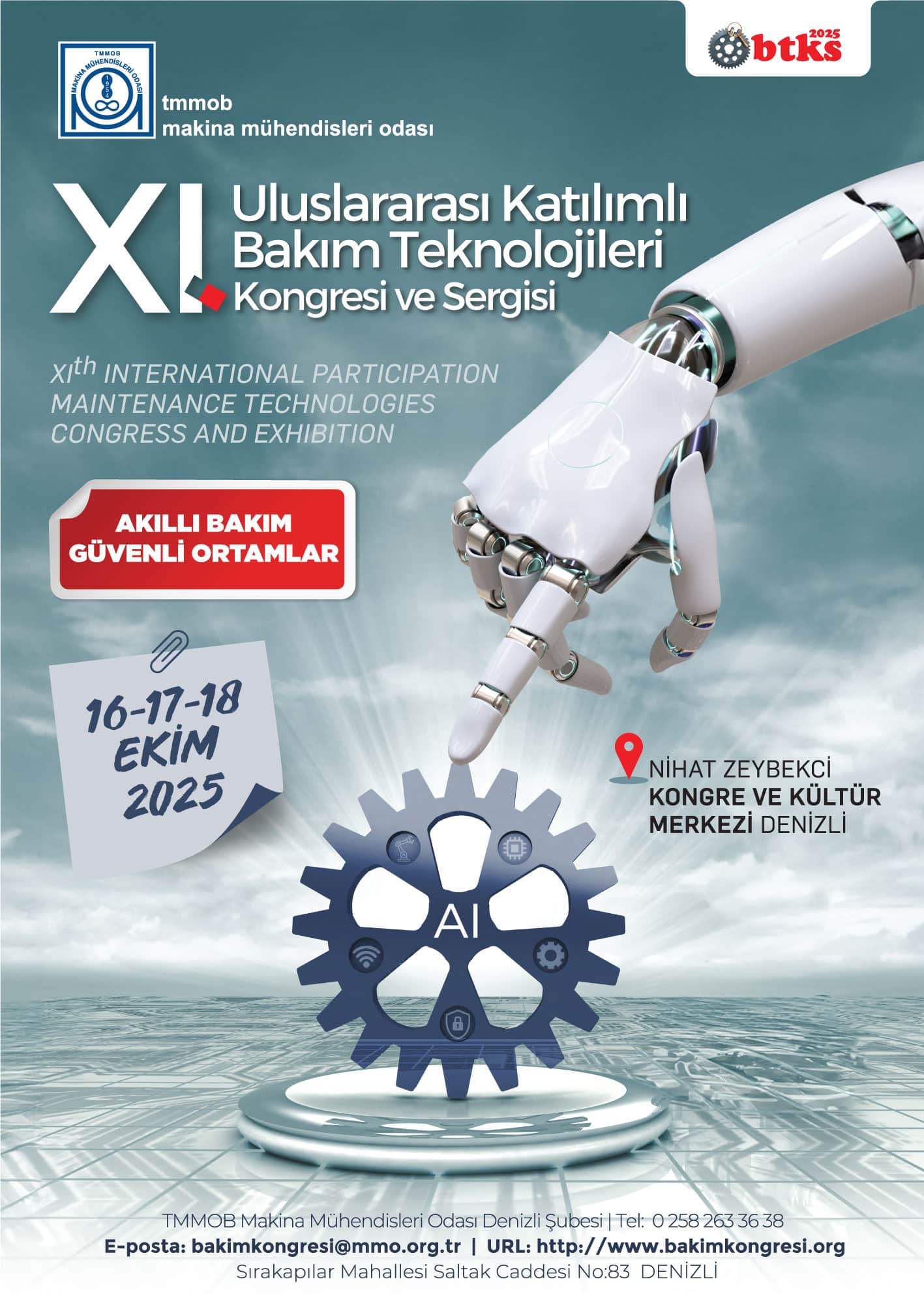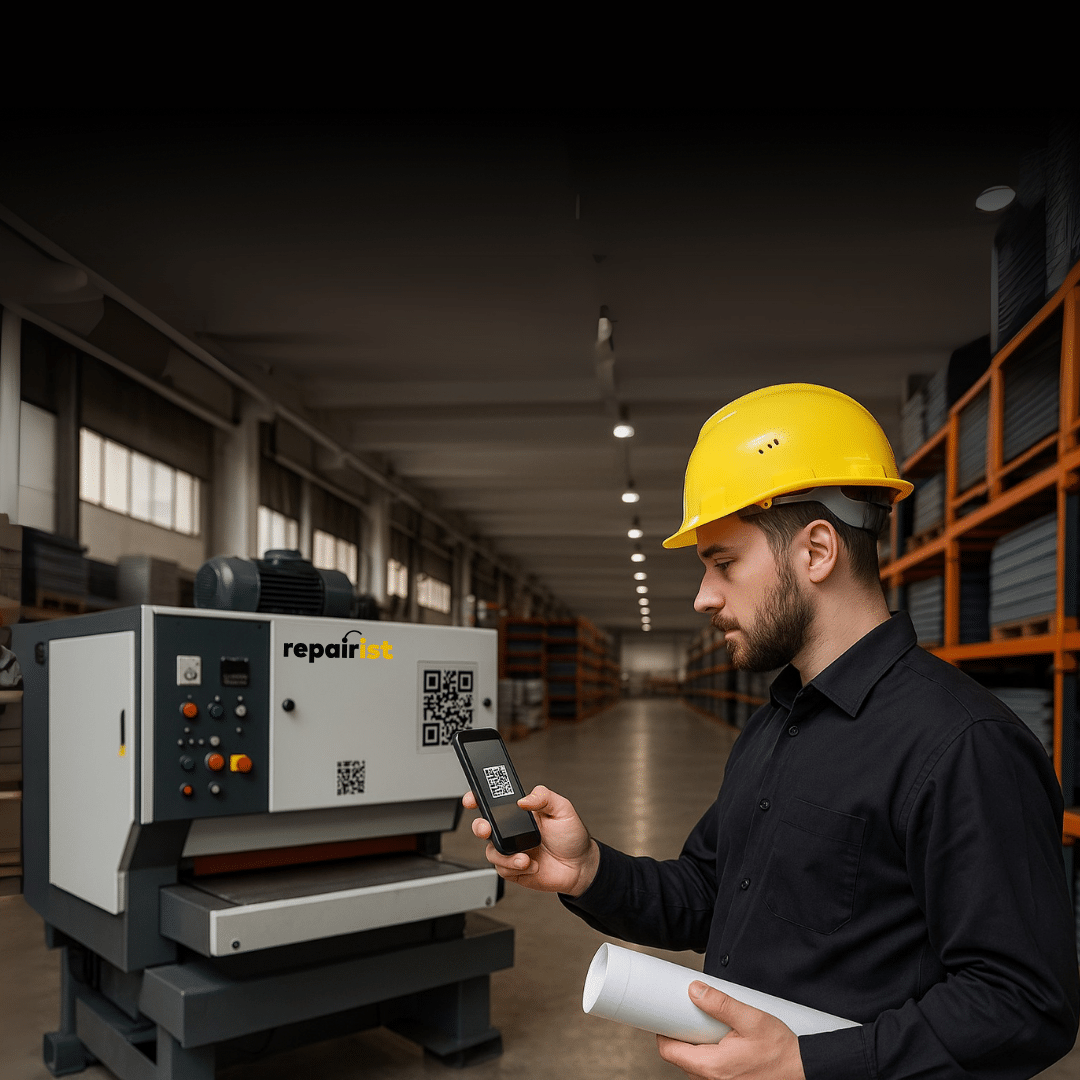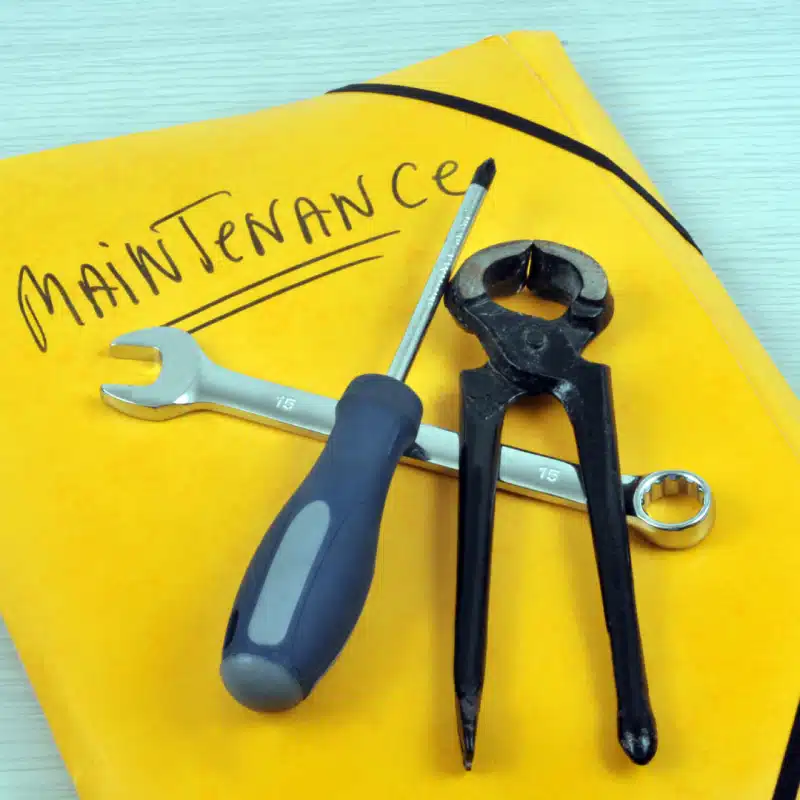CMMS Software for Smart Maintenance Management
In modern industries, efficiency, reliability, and uptime are everything. Whether you’re running a manufacturing plant, a food facility, or a fleet operation, unexpected equipment failures can lead to costly downtime and safety risks. That’s where a CMMS (Computerized Maintenance Management System) comes in — a digital solution designed to make maintenance smarter, faster, and more proactive.

What Problems Does a CMMS Solve?
| Traditional Maintenance Challenges | How CMMS Solves It |
|---|---|
| Maintenance data scattered across Excel files and notebooks | All asset, maintenance, and inventory data stored in one digital system |
| Missed preventive maintenance tasks | Automatic scheduling and reminders |
| Lack of visibility into equipment history | Complete service and repair history for every asset |
| Overstocking or shortage of spare parts | Real-time inventory tracking and reorder alerts |
| Difficult compliance reporting | Auto-generated audit reports and digital logs |
| Reactive “fix-when-broken” mindset | Proactive, data-driven maintenance planning |
1. Centralizes All Maintenance Data
A CMMS serves as a digital hub for maintenance operations. Instead of scattered paper forms or Excel sheets, all information — from equipment details and work orders to spare parts and maintenance schedules — is stored in one system. This allows teams to access real-time data anytime, anywhere, improving coordination and transparency across departments.
2. Automates Work Orders and Scheduling
Manual maintenance tracking often leads to missed inspections and delayed repairs. With a CMMS, work orders can be automatically generated, assigned, and tracked based on predefined schedules or condition-based triggers.
- Preventive maintenance tasks are automatically scheduled.
- Technicians receive instant notifications.
- Supervisors can monitor task completion and performance in real time.
This automation helps organizations shift from reactive maintenance (“fix it when it breaks”) to proactive maintenance (“prevent it before it fails”).
3. Tracks Asset Performance and History
Every piece of equipment has a digital record in a CMMS. You can see its full maintenance history, including repairs, costs, downtime, and performance metrics. This data helps you:
- Identify recurring problems.
- Extend equipment lifespan.
- Plan replacements or upgrades with data-driven insights.
In short, CMMS turns raw maintenance data into strategic business intelligence.
4. Manages Spare Parts and Inventory
One of the hidden costs in maintenance is poor inventory control. A CMMS keeps track of spare parts, suppliers, and stock levels. It can alert you when a part is running low or automatically reorder from approved vendors. This ensures that critical components are always available — without overstocking.
| Part Name | Stock | Minimum Level | Supplier | Status |
|---|---|---|---|---|
| Bearing 6205 ZZ | 40 | 20 | SKF | ✅ In Stock |
| Conveyor Belt | 3 | 2 | BeltPro | ⚠️ Reorder Soon |
| Lubricant Oil 20L | 12 | 10 | Shell | ✅ In Stock |
| Fan Motor | 0 | 1 | Siemens | ❌ Out of Stock |
5. Enhances Compliance and Reporting
For industries governed by strict safety, quality, or regulatory standards (like food, pharma, or energy), a CMMS helps ensure compliance. You can generate detailed audit trails, showing when maintenance was performed, by whom, and under what conditions — all with just a few clicks.
6. Boosts Team Productivity and Accountability
With mobile access and digital workflows, technicians can close work orders, upload photos, and update task status from the field. Managers can track productivity, performance, and time spent per task, creating a culture of accountability and continuous improvement.
7. Integrates with IoT and AI Technologies
Modern CMMS systems integrate with IoT sensors, machine learning, and predictive algorithms to forecast failures before they happen.
For example:
- Vibration sensors detect early motor imbalance.
- AI models predict bearing failure in advance.
- The system automatically generates a “Predictive Work Order” — saving time and preventing production loss.
| Example Alert | Root Cause | Action Triggered |
|---|---|---|
| Abnormal vibration detected | Bearing wear | Auto-create work order for inspection |
| Temperature above 70°C | Cooling issue | Notify maintenance supervisor |
| Pressure drop >10% | Air leak | Predictive repair scheduled |
8. Key Benefits at a Glance
| Benefit | Description |
|---|---|
| Improved Reliability | Keep assets running longer and stronger |
| Faster Decision-Making | Real-time data for data-driven actions |
| Cost Reduction | Cut unnecessary maintenance and downtime |
| Compliance Readiness | Automatically meet ISO, GMP, or safety standards |
| Scalability | Grow from one site to multiple plants easily |
| Cloud Accessibility | Access from desktop, tablet, or mobile devices |

Why Every Business Needs a CMMS
A CMMS is no longer a luxury — it’s a necessity for organizations that want to reduce downtime, cut costs, and stay competitive. By centralizing information, automating tasks, and unlocking predictive insights, CMMS solutions empower maintenance teams to work smarter and safer.
If your business still relies on manual spreadsheets or outdated tools, now is the time to make the switch. A modern CMMS doesn’t just manage maintenance — it drives digital transformation across your entire operation.
Next Steps
Have you received sufficient information about “What Does a CMMS Do?” ?
repairist is here to help you. We answer your questions about the Maintenance Management System and provide information about the main features and benefits of the software. We help you access the repairist demo and even get a free trial.
Aybit Technology Inc.














